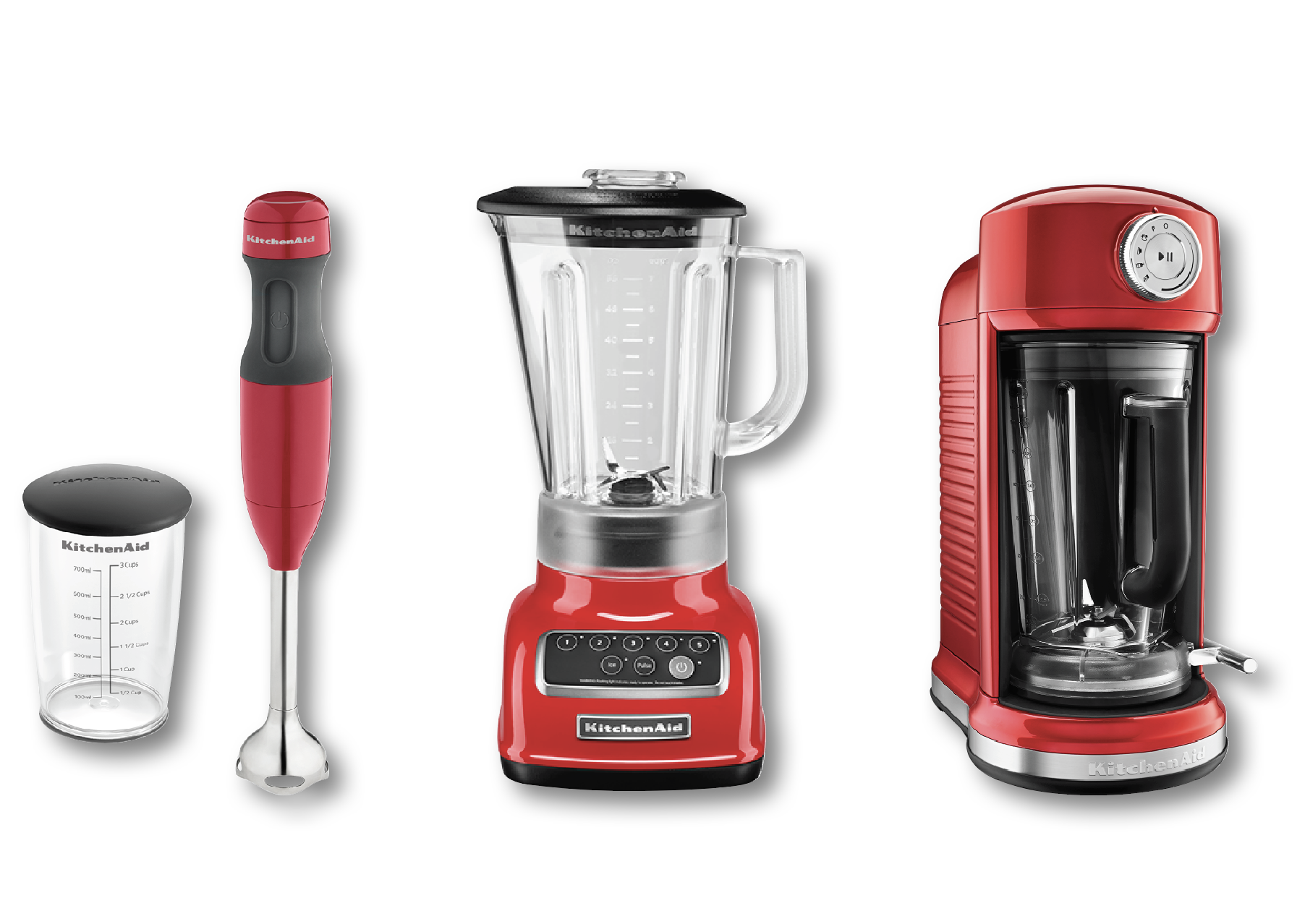Smooth blenders

Finding the one that’s right for you
If you haven’t shopped for a blender in a while, brace yourself—these days, you could spend more on a high-powered blender than on a TV. That’s because many of today’s blenders are designed to do so much more than the models of years gone by. The most expensive countertop models are powerful, multifunction appliances with lots of extra features and parts, capable of making large quantities of whatever you’re preparing. At the other end of the spectrum are smaller—and less expensive—personal blenders intended to do the job for just one serving.
SIMPLE SAVINGS
Smaller might be just right
For occasional use, you might be satisfied with a simpler, less expensive blender. Be aware, though, that less powerful machines likely won’t blend quite as smoothly (the mix might be a little chunkier) so you may need to cut the ingredients into smaller pieces.
For convenience, a personal blender has a bowl that’s big enough to make a smoothie for one—then pulls off to become a travel mug with a lid.
Another option is an immersion blender. Hand-held, compact, and easy to store, it can be submerged into a pot or bowl to blend or purée ingredients for sauces and salsa. Some come with attachments for chopping or whisking.
Although a food processor might help with some blender-like functions (puréeing soup, making hummus), remember that these gizmos usually cannot be used with chunks of ice.
SAVVY SHOPPER
Daily use or the occasional treat?
A good starting spot is to think about exactly what you would make in the blender, and how often you’d use it. If you’re only interested in an occasional smoothie or a drink mixer for parties, a simpler model might be all you need. If you’re planning more extensive daily use, such as making baby food, nut butters, grinding flour, and making ice cream, then a high-powered model might be a better choice.
When comparing models, pay attention to speeds, power levels, and timing. Some models come with pre-programmed speeds for particular uses, such as making smoothies, frozen desserts, and soup. You just load the ingredients into the container, push the appropriate button, and the machine determines how long to run. Other models offer a dial with a range of speeds, power levels, and times that you can control yourself.
Be sure to measure the distance between your countertop and the bottom of your cabinets so you’ll know if the style of blender you’re considering will fit. Check the size of the container bowl and any additional parts, and plan where you’ll keep them when not in use. Always check the details of the warranty. If you’re concerned about noise levels, you can find comparisons online at many consumer review Web sites.

